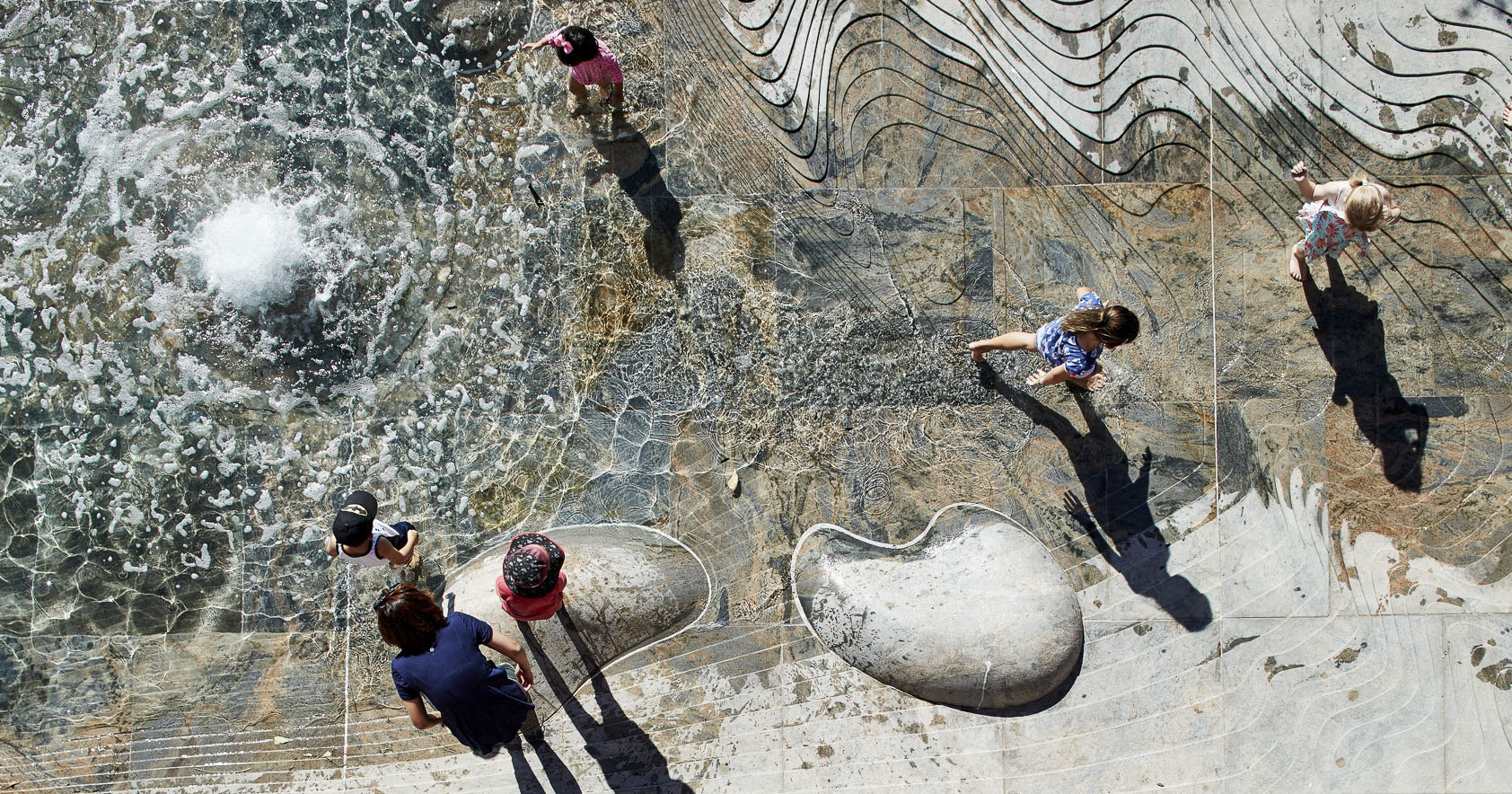
Drawing as Argument: Annotation Returns as Architecture’s Sharpest Tool
Architects are pairing impressive imagery — renderings, photographs, etc. — with equally striking dr awings. Their weapon of choice? Annotation.

Architects are pairing impressive imagery — renderings, photographs, etc. — with equally striking dr awings. Their weapon of choice? Annotation.

Forget en-suites and open-plan kitchens. Plant parents have become a new client demographic, and tod ay’s house tours are guided by chlorophyll.

Spanning continents, scales and specialties, these top studios are driving architectural innovation, elevating the way we live and build.

What do firms and, more broadly, the architectural profession need to do in order to create a place where architects grow instead of grind?

For TM Light, illumination isn’t added; it’s built. From brass façades to vaulted ceilings, the firm designs architecture that glows from within.

A call for reflection: Offering a sharp critique to the profession’s current culture — not to abando n the field, but to help improve it.

How do you explain something as complex as architectural drawing, a practice so deeply ingrained in architectural culture?

Balancing deep local roots with a global outlook, this island-born Greek practice exemplifies what i t means to design from — and for — place.

What if we viewed every drawing or model as an act of research, instead of a mere representation of the final "product"?